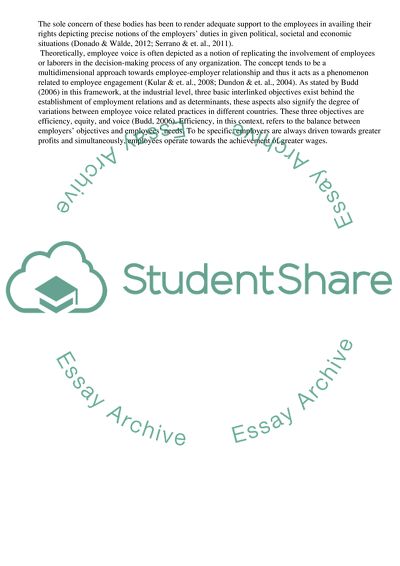Cite this document
(“Factors Which Explain Variations in Employee Voice Essay”, n.d.)
Factors Which Explain Variations in Employee Voice Essay. Retrieved from https://studentshare.org/business/1615505-discuss-with-examples-the-factors-which-explain-variations-in-employee-voice-between-countries
Factors Which Explain Variations in Employee Voice Essay. Retrieved from https://studentshare.org/business/1615505-discuss-with-examples-the-factors-which-explain-variations-in-employee-voice-between-countries
(Factors Which Explain Variations in Employee Voice Essay)
Factors Which Explain Variations in Employee Voice Essay. https://studentshare.org/business/1615505-discuss-with-examples-the-factors-which-explain-variations-in-employee-voice-between-countries.
Factors Which Explain Variations in Employee Voice Essay. https://studentshare.org/business/1615505-discuss-with-examples-the-factors-which-explain-variations-in-employee-voice-between-countries.
“Factors Which Explain Variations in Employee Voice Essay”, n.d. https://studentshare.org/business/1615505-discuss-with-examples-the-factors-which-explain-variations-in-employee-voice-between-countries.


